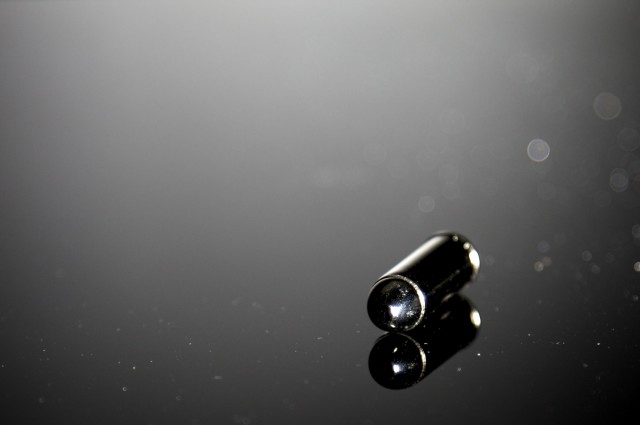
The use of silver in medicine is as old as Western medicine itself. Hippocrates is known to have used it to treat ulcers and wounds, the Romans almost certainly knew of its healing properties, and its use continued through the middle ages and up to the present day. In the antibiotic age, interest in silver may have waned a little. But with urgent need to fight antibiotic-resistant bacteria, there has been a resurgence in its use.
The reason is that silver can kill bacteria selectively, and more importantly, bacteria have been unable to develop resistance against it. Despite silver’s long medical history, we do not know how it operates.
A paper published today in the journal Science Translational Medicine sheds some light on silver’s success against bacteria. The most important finding is that silver—unlike most antibiotics—works in more than one way. This is perhaps why bacteria may find it difficult to build resistance to the chemical.
Here is silver’s multi-pronged approach: first, silver sticks very strongly to sulfur, found in parts of proteins. These sulfur groups normally bond to each other, holding proteins together and keeping the protein folded up in its correct shape. But if silver interacts with sulfur, then the protein cannot fold correctly, and thus it cannot do its job. Next, silver interferes with how bacteria use iron. Iron is often held in place within proteins by binding to sulfur. Since silver also interacts with sulfur, it blocks the iron from doing so. Finally, silver causes bacteria to produce extremely toxic substances called reactive oxygen species. These go on to cause damage inside the cell, harming the DNA, proteins, and even the membrane that surround cells.
The net result of this silver onslaught is bacteria with severe damage to their basic biochemistry. In addition, the membranes and walls that surround the bacteria are leakier after the silver treatment. This allows conventional antibiotics inside the cells; in their weakened state, the cells are much more susceptible to them. Bacteria are broadly classified into two groups, called Gram-negative and Gram-positive. Gram-negatives have an extra cell membrane that protects the bacteria, which makes it much more difficult for some antibiotics to penetrate the cell (examples include gentamicin and vancomycin). It seems that silver negates this advantage and allows even weaker drugs to do their jobs.
James Collins of Boston University, who led the research, showed that with added silver, less antibiotic drug is needed to kill the bugs. A great result in itself, but it gets better. Silver also reverses antibiotic resistance of E. Coli bacteria, making them, once more, susceptible to tetracycline.
These experiments not only worked in a Petri dish. When silver was added to standard antibiotics such as gentamicin and vancomycin, Collins could treat E. Coli infections in the bladder and abdomens of mice. Normally, these drugs have little effect on E. coli infections because they are designed to attack Gram-positive bacteria.
Finally, Collins showed that the mice themselves remain unharmed by silver. If he is able to repeat this work in humans, he may actually have a “silver bullet” for antibiotic resistance.![]()
Science Translational Medicine, June 2013. DOI: 10.1126/scitranslmed.3006276 (About DOIs)
This article was published at The Conversation.
reader comments
96